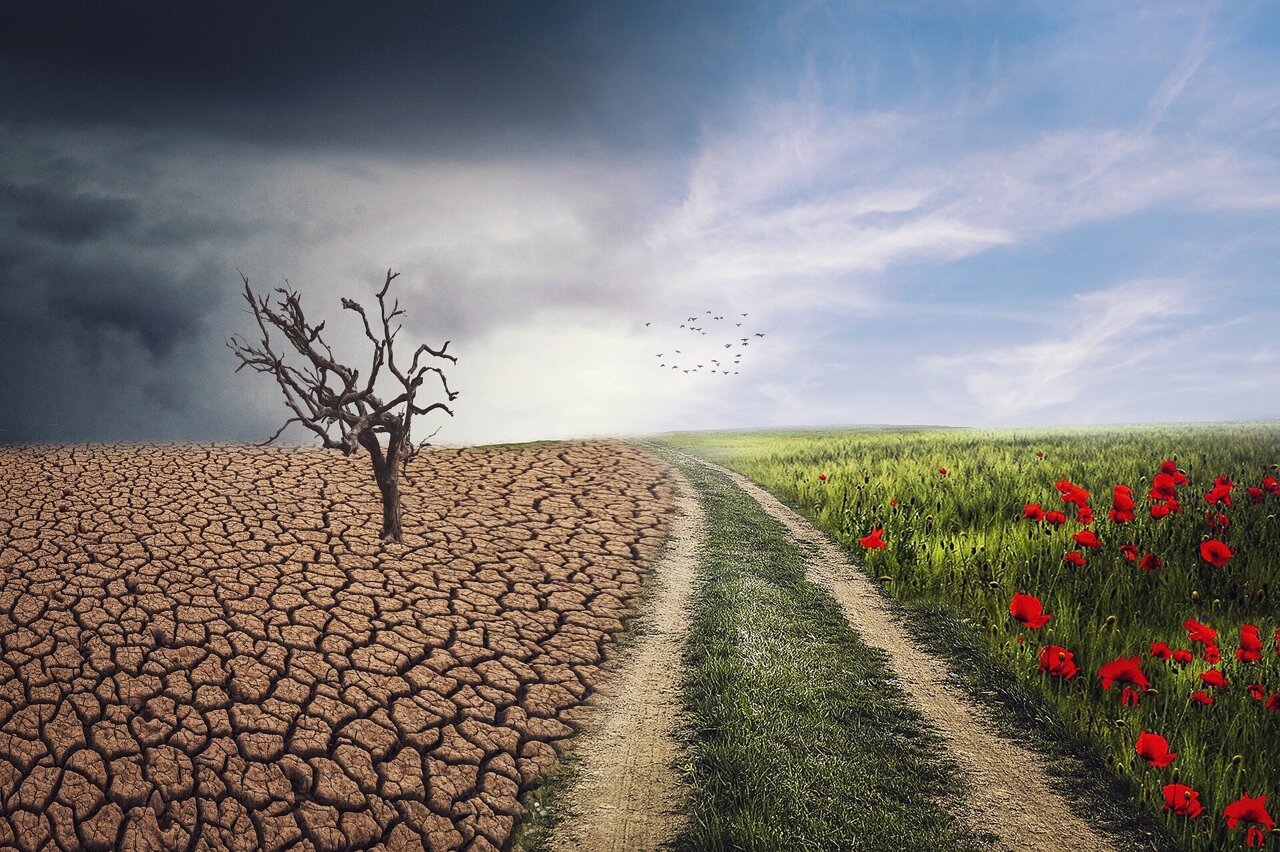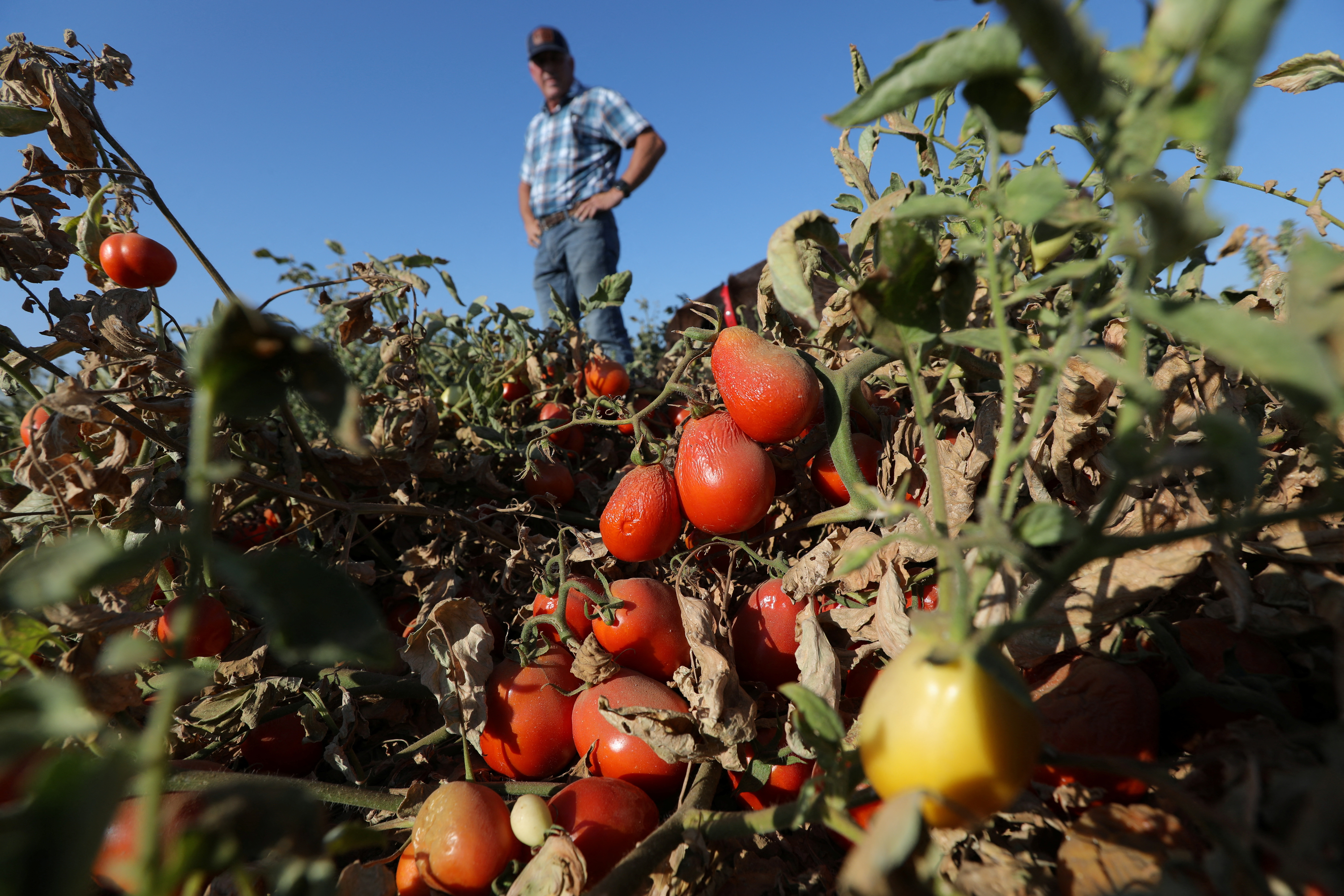- Emergency Loan Program: The Emergency Loan Program is triggered when a natural disaster is designated by the Secretary of Agriculture or a natural disaster or emergency is declared by the President under the Stafford Act. These loans help producers who suffer qualifying farm related losses directly caused by the disaster in a county declared or designated as a primary disaster or quarantine area. Also, farmers located in counties that are contiguous to the declared, designated, or quarantined area may qualify for Emergency loans. For production losses, a 30-percent reduction in a primary crop in a designated or contiguous county is required. Losses to quality, such as receiving a reduced price for flood damaged crops, may be eligible for assistance, too.
- Livestock Indemnity Program. Livestock owners and contract growers who experience above normal livestock deaths due to specific weather events, as well as to disease or animal attacks, may qualify for assistance under this program through the Farm Service Agency. LIP payments for owners are based on national payment rates that are 75 percent of the market value of the applicable livestock as determined by the Secretary. Rates for contract growers of poultry or swine will not exceed the rates for owners but are based on 75 percent of national average input costs for the applicable livestock.
- Noninsured Crop Disaster Assistance Program: NAP provides financial assistance to producers of noninsurable crops when low yields, loss of inventory, or prevented planting occur due to natural disasters. Eligible crops must be commercially produced agricultural commodities for which crop insurance is not available. Eligible producers must apply for coverage using form CCC-471 and pay the applicable service fee at the FSA office where their farm records are maintained.
- Emergency Assistance for Livestock, Honeybees and Farm-Raised Fish Program: ELAP provides payments to these producers to help compensate for losses due to disease (including cattle tick fever), and adverse weather or other conditions, such as blizzards and flooding, that are not covered by certain other disaster programs. Producers can apply to receive ELAP assistance at local FSA service centers.
- Environmental Quality Incentives Program: Farmers, ranchers, and non-industrial private forestland owners can apply for resource assistance through EQIP. Eligible land includes cropland, rangeland, and non-industrial private forestland. Recovery assistance includes but is not limited to: immediate soil erosion protection, minimizing noxious and invasive plant proliferation, protecting water quality, restoring livestock infrastructure necessary for grazing management, and emergency animal mortality management. Basically, any practice that is needed to address an approved resource may be eligible. This could include new practices or repairing a failed practice, like flood-damaged fencing, from a previous EQIP contract. In some cases, a new contract won’t be needed. You may be able to add a practice to your existing EQIP contract through a modification, according to USDA.
- Emergency Watershed Protection Program: The EWP program offers technical and financial assistance to help local communities such as cities, counties and towns relieve imminent hazards to life and property caused by floods, fires, windstorms, and other natural occurrences that impair a watershed. Administered by the Natural Resources Conservation Service, the EWP Program consists of two options: EWP Program — Recovery and EWP — Floodplain Easement (FPE). Under the Recovery program, NRCS may pay up to 75 percent of the construction cost of emergency measures. The remaining 25 percent must come from local sources and can be in the form of cash or in-kind services.
- Rural Development: From housing to safe drinking water systems, RD offers technical assistance, loans, grants, and loan guarantees to rural communities and individuals to assist with the construction or rehabilitation of utility infrastructure including water and wastewater systems, and community infrastructure. RD is also helping businesses and utilities that are current USDA borrowers by considering requests to defer principal and/or interest payments, and to provide additional temporary loans.
USA - Seven USDA programs that can help with flood recovery
26.03.2019 134 views
2024 AgroInsurance International Conference: New Partners and Agenda updates
26.02.20242024 AgroInsurance International Conference will take place on June 3-5, 2024 in Belgrade, Serbia, at the Hyatt Regency Hotel. Planet Labs (USA) and GAF AG (Germany) are sponsors of our conference. Agremo (Serbia) has been confirmed as the Organization Partner. More partners and sponsors to be announced in March 2024.

Spain - 30% of La Palma's banana production has already been lost due to the advance of the lava
14.10.2021More than three weeks after the Cumbre Vieja volcano erupted, the lava that continues to flow from its interior continues to devastate everything in its path, destroying houses, infrastructure, and banana plantations. The production of Platanos de Canarias is the economic engine of the island, accounting for 50% of its GDP and 30% of the jobs on the island.

Czech Republic - Return of cold weather impacts crops
In Czechia, a rapid transition from mid-20s Celsius to sub-zero temperatures has significant implications for agriculture, particularly affecting early-blooming and growing crops. Miroslav Havránek, from the Charles University Environment Centre, highlights the broader consequence as a potential reduction in crop yields.

UK - Weather will impact agriculture more and more
The 2023 weather conditions in Lincolnshire, UK, significantly impacted Andrew Branton's farm, leading to an unharvestable potato crop due to excessive rainfall. Approximately a year's worth of rain from late September to January submerged many fields, rendering the soil too wet and compacted for sowing spring crops.

Syria - Wild animals ravaging crops in western Daraa
Farmers in the western countryside of Daraa suffer from the frequent encroachment of wild animals on their vegetable and fruit crops, as these animals eat the fruits and cause damage to agricultural produce.

USA - Leading New Hampshire agriculture toward climate resilience
Agriculture sustains our very existence. Despite the misconception that large farms feed the world, it’s small-holding farmers who predominantly nourish us, while consistently outperforming their larger counterparts in yields and ecological sustainability.

Philippines - Extreme drought hits Cebu City
He is giving out his tomatoes for free but not because of the abundance in harvest. He is Emelio Secretaria, a farmer who owns four hectares of farmland nestled in Barangay Sudlon 2, Cebu City. The drought due to El Niño did not exempt him from experiencing the worst.

India - Karnataka Minister hopes for early release of funds by Centre for drought relief
On Karnataka State's plea in the Supreme Court seeking financial assistance for drought relief, Karnataka minister Krishna Byre Gowda said that the Government of India has agreed to take a decision within this week.

Bangladesh - Heatwave threatens mango-litchi yields, drastic crop loss feared
From expansive mango orchards to small family farms, reports indicate a significant decline in fruit budding compared to previous years, sparking fears of a collapse in mango and litchi yields.

Philippines - Maguindanao Sur under state of calamity as crop losses reach P345M
Maguindanao del Sur Governor Bai Mariam Sangki-Mangudadatu has approved a resolution declaring the entire province a state of calamity due to huge agricultural losses brought about by drought.



